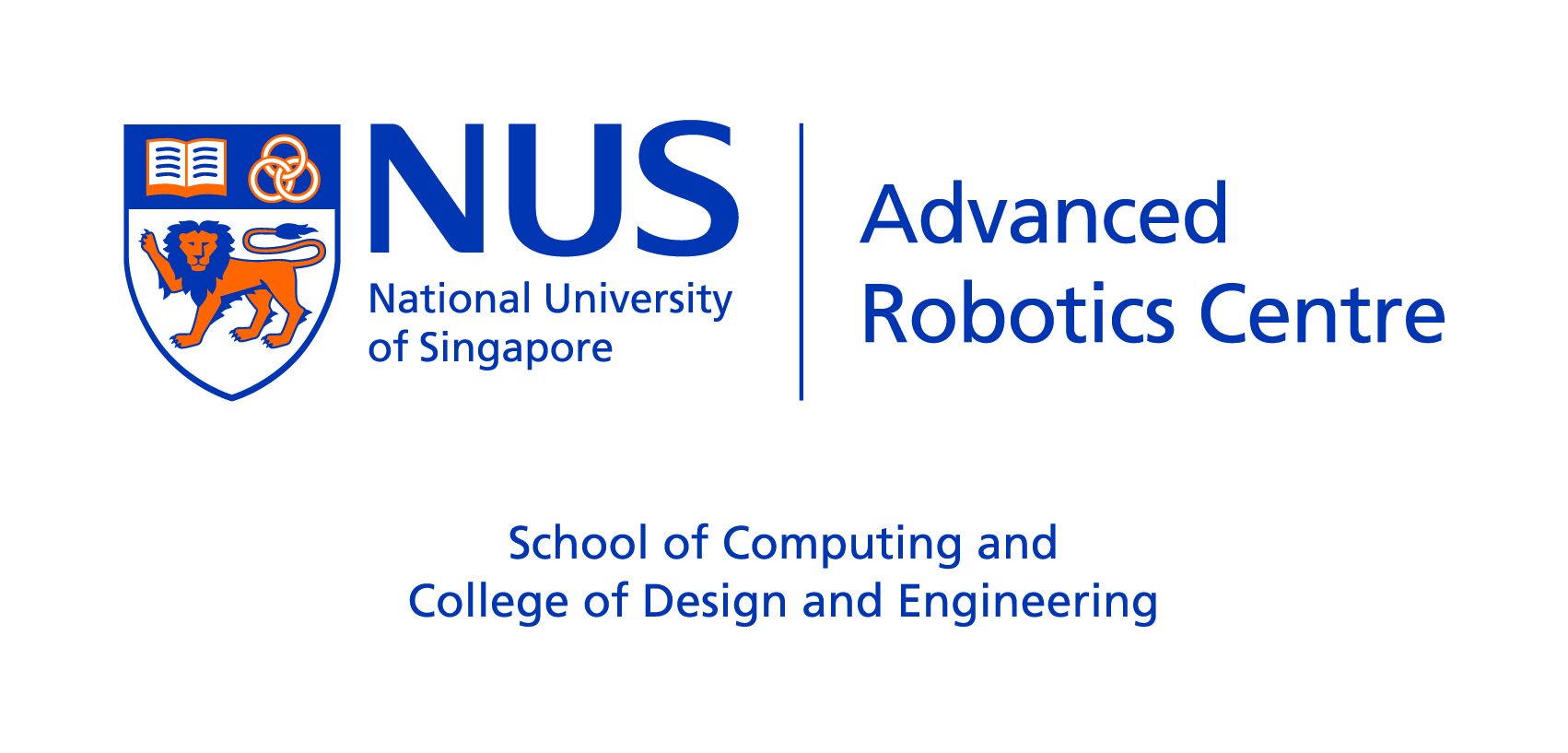
Current research outcomes of self-driving vehicles (like cars, buses and trucks) are largely implemented for public open roads. These high-speed autonomous navigational application use cases generally are still governed by highway codes and rule-based driving regulations.
Within indoor commute of pedestrians at high-density, where people move in a more organic and spontaneous pathways along corridors and at times even cross-path or against human traffic flow, autonomous navigation and travel will pose a different set of challenges. In addition, indoor corridors could be narrow and include obstacles, an Autonomous Wheelchair to effectively and efficiently able to make this user trip, will require enhanced sensory fusion perception capabilities to better achieve its advanced path planning and localization processes.
The targeted research outcome is achieving a socially graceful navigation in pedestrian (non-road) environments using multiple sensory and fusion technologies and AI (i.e., Deep Learning). New sensory fusion methods, localization and navigation techniques will be demonstrated.
Furthermore, navigating in a socially acceptable manner is an increasing demand by the public; therefore, the social science observation of human-robot interaction between, will be even more required for applicational use. Finally, narrow corridors and crowded and dynamic environments will need beyond current and even next-gen sensory technologies to navigate in such tight spaces.
